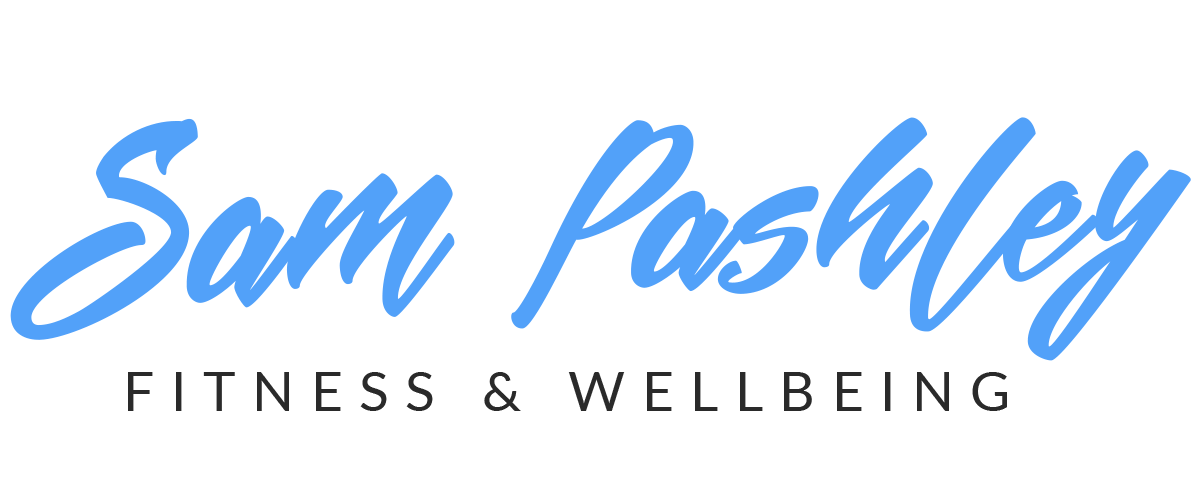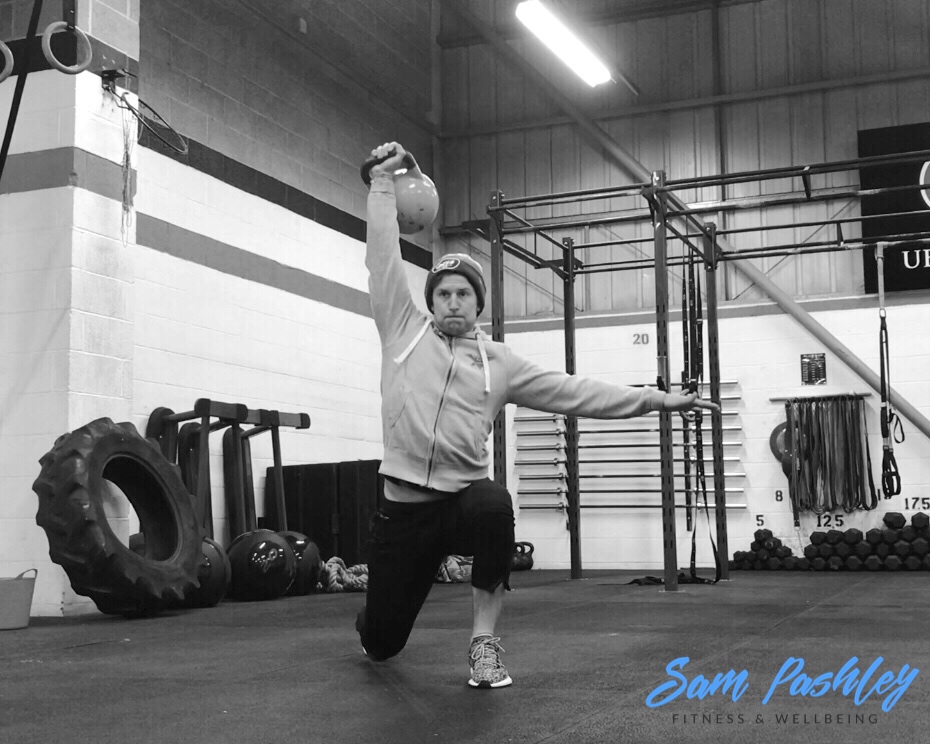How to move for fat loss.
/I’m going to kick this off with the obvious- for fat loss to occur, we need to put our body in a calorie deficit.
This means burning more calories than we put into our body, either through moving more or eating less (We know this right?!).
So, with that box ticked, I want to talk about how we get there through movement.
As you’ll understand, there are a lot of different ways to move and train our bodies:
- Resistance training (weights)
- Yoga
- Sport
- Bodyweight based (gymnastics, calisthenics etc)
- Low Intensity Steady State (LISS)
- High Intensity Interval Training (HIIT)
- CrossFit
- Running, biking, swimming
- Martial arts
- Cleaning the house
- Mountain climbing
You get the point…
So, which way is best for fat loss?
For starters, that depends on your definition of what ‘best’ is (copout answer I know).
Now I could go into the differences between all of the aforementioned training methodologies above to give you detailed review of the estimated calories burned… but I don’t want to.
Honestly that sounds like a really boring way to spend my time and I also don’t think it will make a difference to how most people go about their training.
The short answer (If thats all you’re looking for from this blog post) is most probably some sort of whole body workout (like swimming) at a low intensity steady state for a long period of time- up to and above 60 mins...
...this of course depends on a lot of factors such as intensity, duration, consistency, progression etc.
In terms of which type of movement is best for YOU to focus on in order to get the best fat loss results, now thats a different story.
Here’s why.
Calories burnt aren’t the be all and end all.
Yes that kind of contradicts the start of this blog post, but the reasons WHY we often want to burn calories are usually because of a multitude of different reasons, such as:
- Wanting to look good naked.
- Wanting to look good in clothes.
- Feeling healthier.
- Performing better (in sport or life in general).
- Moving better.
- Being a role model for your kids...etc.
This makes the process a little more complicated, because we often won’t get exactly what we want from sticking to one mode of movement/ training/ exercise and we certainly won’t if we don’t consistently increase the stimulus (progressive overload).
- To look good both clothed and de-clothed you’ll definitely want to throw some sort of resistance training in there. Think shape, muscle tone, strength, movement and even energy.
- ‘Health’ is a subjective term but generally to feel healthier you’ll need to vary the intensities of the movements you do to keep you fit in different ways. Think LISS, HIIT and everything in between.
- To perform better you’ll need to understand how you’d like to perform and tailor your training specifically for that.
- For improved movement you’ll need to explore the different ways your body can in fact move.
But- the biggest reason you’d want to consider all of these things is because of the multiple benefits you’ll get across the board, as well as keeping your training varied and FUN.
Enjoyment has to play a big part in any training (or indeed any programme requiring adherence).
For us to see results, we need to be consistent, training needs to be sustained and enjoyment certainly helps with this. Let’s face it, we’re not going to keep doing something we really dislike doing.
Final point (The main thinking behind this post).
When it comes to implementing a training plan we need to think REALISTICALLY, not idealistically.
Whether its for fat loss results or any other target it’s pretty natural for us to search for ‘the best’ training or diet plan. The most idealistic.
Makes sense right?
We want to make sure we’re doing everything we can be doing in order to hit our targets as quickly and as efficiently as possible.
The argument I'm making here is that this thinking more times than not sets you up to fall flat on your face.
Because our lives, lifestyle and habits pretty much always get in the way in some way or another.
And the 'all or nothing' type mindset that is associated with the idealistic approach doesn't hold much room for slip ups (which are inevitable).
Instead, we need to think about what we as individuals can REALISTICALLY do week in week out. I.e How we can change our lifestyle in the smallest way possible but see the biggest of results.
So to conclude, my advice would be this.
Rather than getting hung up on what exercise is best or most efficient, find the exercise method that you bloody love to do and start here.
After all the most important thing is that you are actually moving and any type of movement is going to get you on the calorie burning train and start to swing the energy balance in your favour.
From here, aim to vary the intensity and methods that you move as much as possible. Then keep going.







